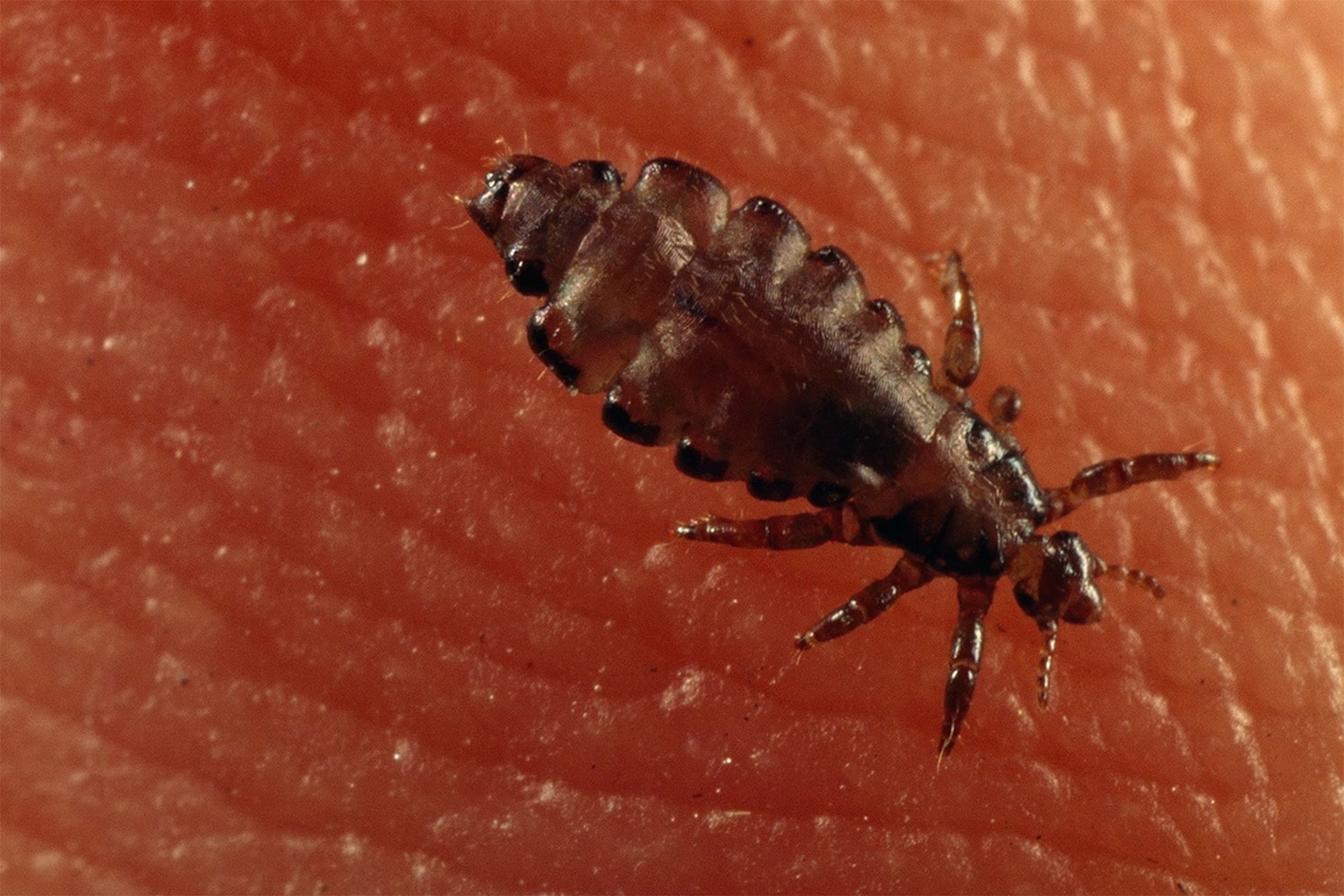
34 interesting facts about louse
- 👁️ 246
Lice are often associated with close contact and unsanitary conditions, but these tiny parasites are fascinating creatures with a long history of coevolution with their hosts. Found across the globe and affecting various species, lice have adapted to some of the most inhospitable environments – including the human head, body, and clothing. These small but resilient insects have been both a nuisance and an object of scientific study for centuries. Understanding lice can help us appreciate the complexity of parasitic life forms and their impact on ecology, health, and even the study of human evolution and migration patterns. Here are thirty-four interesting and informative facts about lice.
- Lice are parasitic insects that feed on the blood of their host.
- There are over 3,000 species of lice, classified into two main groups: chewing lice and sucking lice.
- Sucking lice, which include head lice, body lice, and pubic lice, feed exclusively on mammalian blood.
- Chewing lice feed on the skin, feathers, or hair of their hosts.
- Head lice infestations in humans are caused by Pediculus humanus capitis.
- Body lice, Pediculus humanus humanus, can spread diseases like typhus, trench fever, and relapsing fever.
- Pubic lice, or “crabs,” are scientifically named Pthirus pubis.
- Lice cannot jump or fly; they spread through direct contact.
- Female lice can lay up to ten eggs (nits) per day.
- Nits are cemented to hair strands near the skin for warmth necessary for incubation.
- A louse’s life cycle from egg to adult takes about one month.
- Lice have claws at the end of each leg, designed to grasp onto the hair or feathers of their host.
- Lice are host-specific, meaning they cannot survive long without their preferred host species.
- Humans cannot get lice from pets because pet lice do not infest humans.
- The oldest known case of head lice dates back over 10,000 years.
- Lice DNA has been used to trace human migration patterns.
- Lice can survive submersion in water for several hours, making them difficult to drown.
- Over-the-counter treatments for lice infestations include insecticidal shampoos and lotions.
- Lice resistance to chemical treatments has increased, leading to the development of new removal methods.
- Essential oils have been studied as potential natural remedies for lice, but their effectiveness varies.
- Nit combs are effective tools for removing lice and nits from the hair.
- Lice infestations are not indicators of poor hygiene.
- Schools often have “no-nit” policies to prevent the spread of head lice.
- The itching associated with lice infestations is caused by an allergic reaction to louse saliva.
- Regular washing of clothes and bedding can help control and prevent lice outbreaks.
- Lice can live up to two days without feeding on a host.
- The term “nitpicking” originates from the tedious task of removing lice eggs.
- Lice can only crawl, and they move approximately 23 cm per minute.
- In severe cases, chronic lice infestations can lead to skin irritation and infection.
- Lice have been a part of human society throughout history, mentioned in ancient texts and folklore.
- Lice infestations peak in young children due to their close physical contact with others.
- Vacuuming furniture and floors can help remove lice or fallen hairs with attached nits.
- Some birds have specialized behaviors, like dust bathing, to remove lice.
- Studies of lice have contributed to understanding evolutionary biology and parasitism.
In conclusion, lice are more than just a nuisance; they are complex organisms with a significant role in ecology, health, and science. Despite their small size, they have a large impact on their hosts and can teach us much about coevolution, resistance, and even our own history. Effective management and prevention of lice infestations require understanding their biology and behavior. As we continue to study these fascinating creatures, we can appreciate the delicate balance of life that includes even the smallest of parasites.
Lice are often associated with close contact and unsanitary conditions, but these tiny parasites are fascinating creatures with a long history of coevolution with their hosts. Found across the globe and affecting various species, lice have adapted to some of the most inhospitable environments – including the human head, body,…